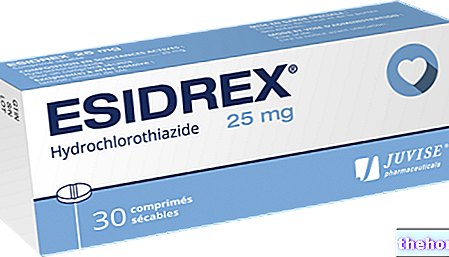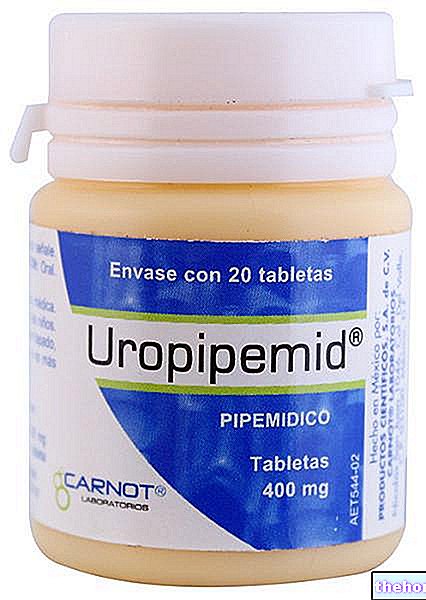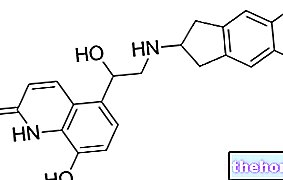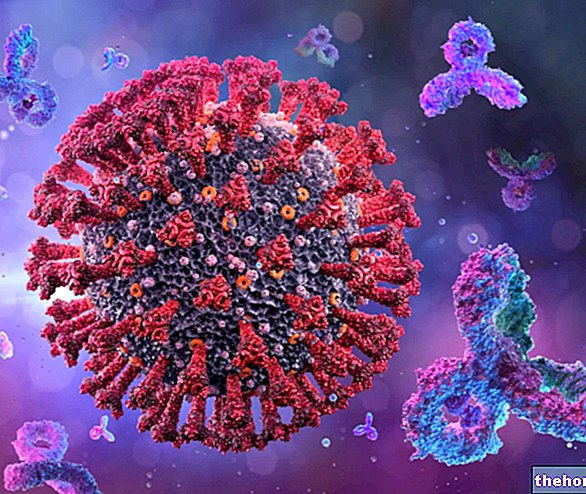Definition
In the medical field, we speak of rhabdomyolysis when the skeletal muscle cells undergo a serious rupture, most often following an injury; when the muscle fibers die, numerous substances are released into the bloodstream, such as phosphate, potassium, creatinine, uric acid and myoglobin, leading to a series of problems for the organism (eg renal insufficiency due to the accumulation of myoglobins in the kidneys).
Causes
An injured muscle that releases large amounts of harmful / harmful substances into the blood leads to rhabdomyolysis. Muscle injuries can be favored by: pathologies (e.g. asthma, bacterial / viral infections, diarrhea and vomiting, diabetes, hyperthyroidism), excessively high basal temperature / hypothermia, extreme sport (bodybuilding), endurance sports (marathon), burns , electric shock and drug addiction. Even the (excessive) administration of some drugs can promote rhabdomyolysis: acetylsalicylic acid, drugs for the treatment of high cholesterol, antibiotics.
Symptoms
Among the first signs of rhabdomyolysis, the reddish color taken by the urine stands out, indicating the presence of the myoglobin pigment. Other symptoms include: mood alteration, mental confusion, muscle contusion, nausea, respiratory problems, tachycardia. From blood tests, the patient suffering from rhabdomyolysis records a marked or sensitive alteration in the levels of potassium, calcium, myoglobin , nitrogen and uric acid in the blood.
- Complications: kidney failure, kidney damage, bleeding disorders, heart and lung changes, death (cases of extreme severity)
The information on Rhabdomyolysis - Drugs for the Treatment of Rhabdomyolysis is not intended to replace the direct relationship between health professional and patient. Always consult your doctor and / or specialist before taking Rhabdomyolysis - Medicines to Treat Rhabdomyolysis.
Medicines
Given the complications and risks of rhabdomyolysis, there is a clear need for immediate intervention, right from the very first symptoms. In order to prevent the damage caused by the release of myoglobin into the blood, administration of fluids (rehydration) intravenously is indicated. The increase in fluids favors the elimination of myoglobin from the kidneys, thus preventing the risk of kidney damage.
In addition to liquids, some active ingredients can be added to hydration therapy: sodium bicarbonate and mannitol.
Sodium bicarbonate (NaHCO3) is indicated to reduce the acidity of urine, as well as the harmful effects of myoglobin on the kidney; mannitol (eg. Osmohale, Man10% BIN, Isotol) and other diuretics favor the elimination of water, "cleaning" the kidneys of harmful substances. Furosemide (eg Lasix) is also a diuretic drug widely used for this purpose: in general, the recommended dose of furosemide must be such as to encourage urination equal to 100ml / hour.
If the hydration therapy is not sufficient to restore the serum values of potassium, calcium, nitrogen, uric acid and myoglobin, the doctor will choose one of the following therapeutic options:
- Hemodialysis: very useful for filtering the blood and retaining substances that would create damage. Reserved for severe cases of rhabdomyolysis.
- Blood transfusion
- Surgery: Surgical treatment for rhabdomyolysis is called fasciotomy; this is a therapeutic strategy in which the muscle lining tissues are cut to reduce the pressure on the entire blood vessels, exerted by the swelling and pain of the damaged muscle.
Notes: the administration of statins (cholesterol-lowering drug), especially when combined with antibiotics such as clarithromycin, greatly increases the risk of rhabdomyolysis; therefore, those who follow a similar therapy are recommended to undergo regular blood tests to eventually intervene promptly. In this case, it is recommended that statin treatment be discontinued, replacing the drug with an alternative one.




























